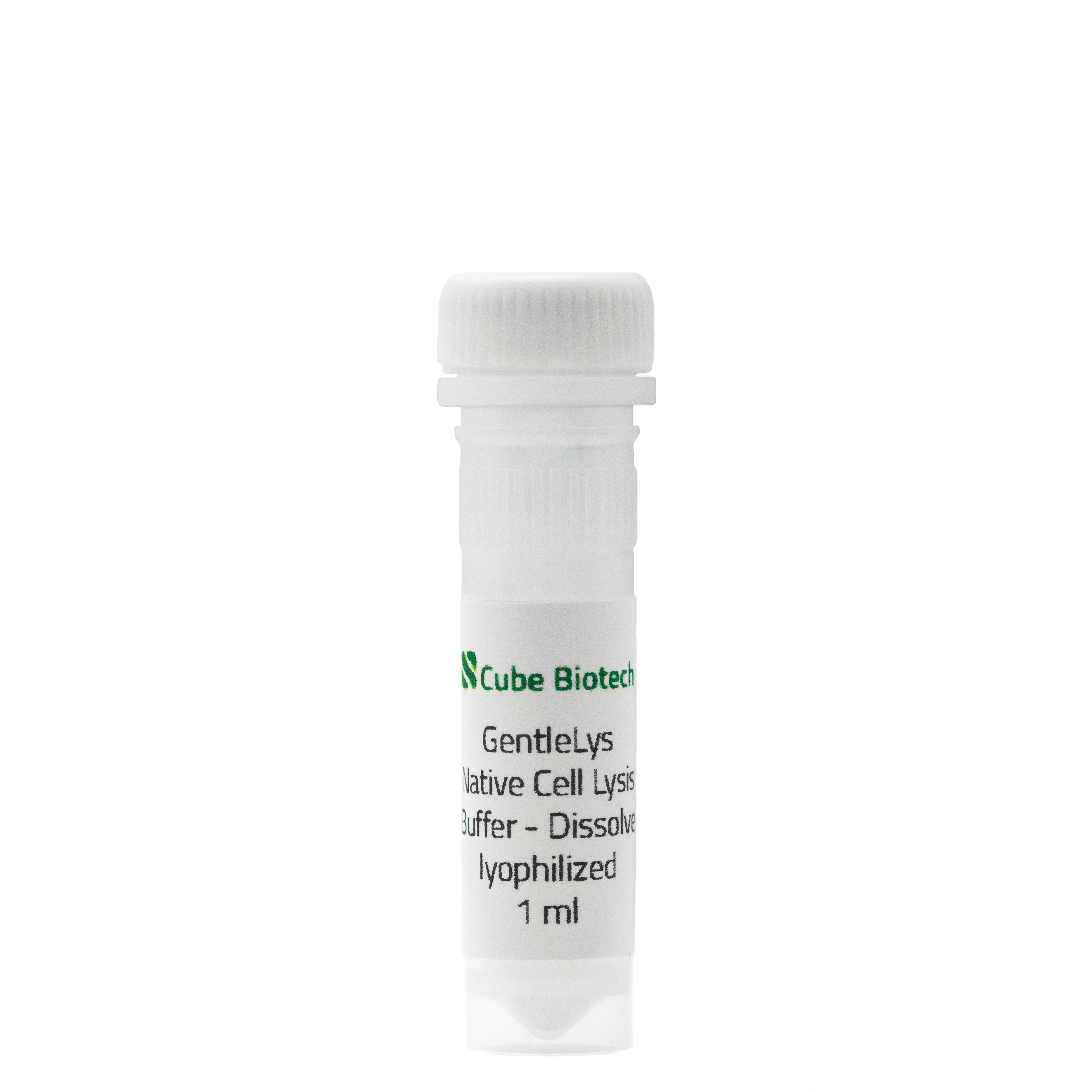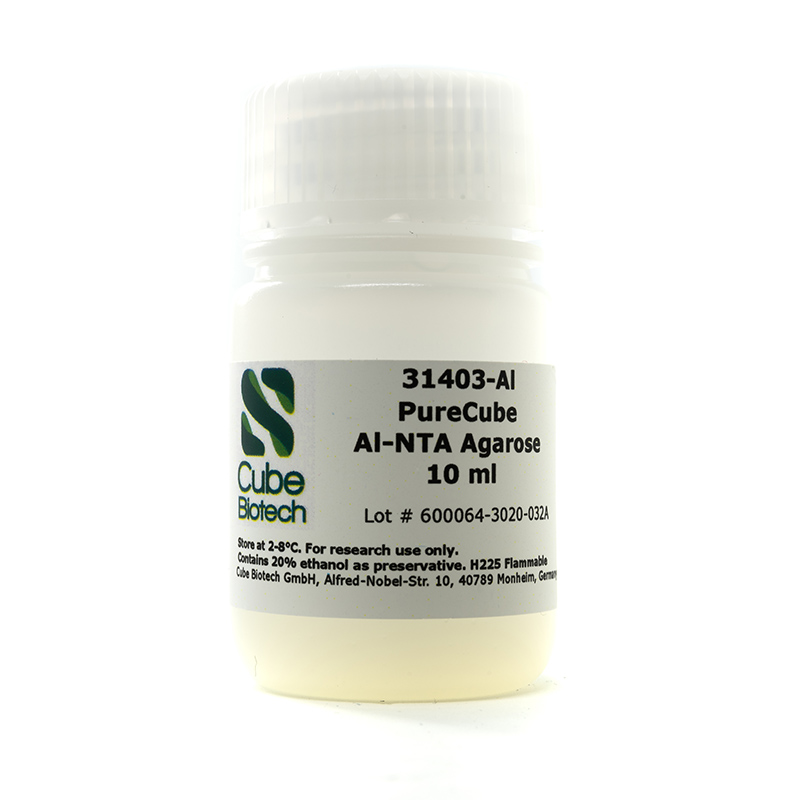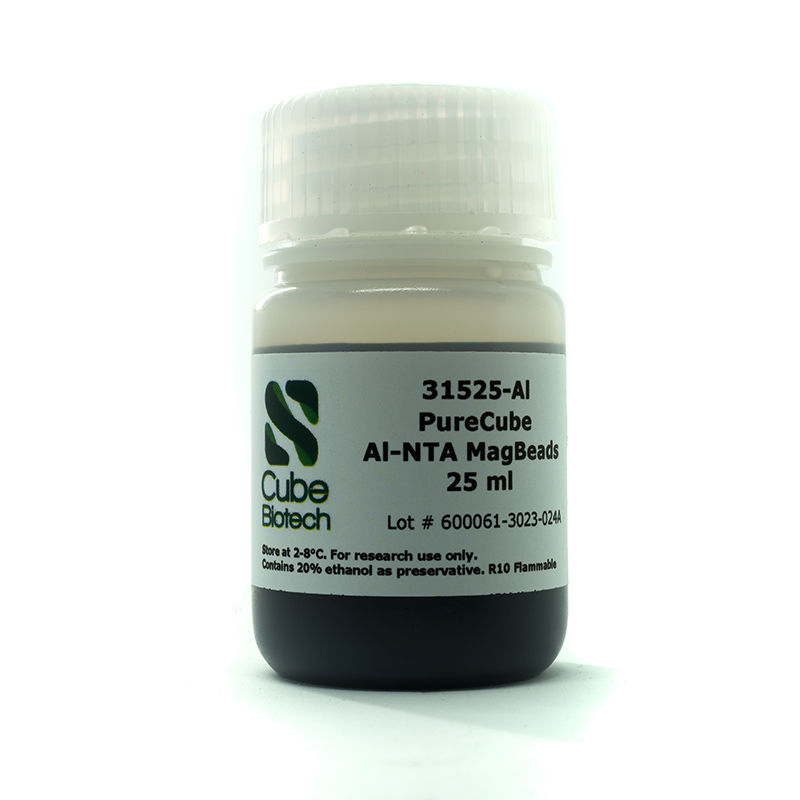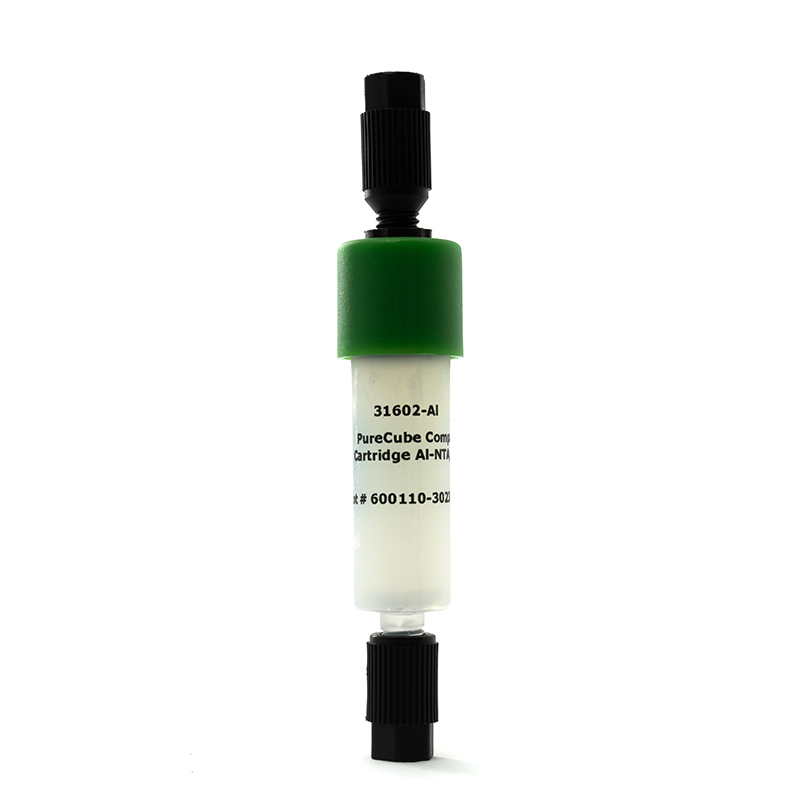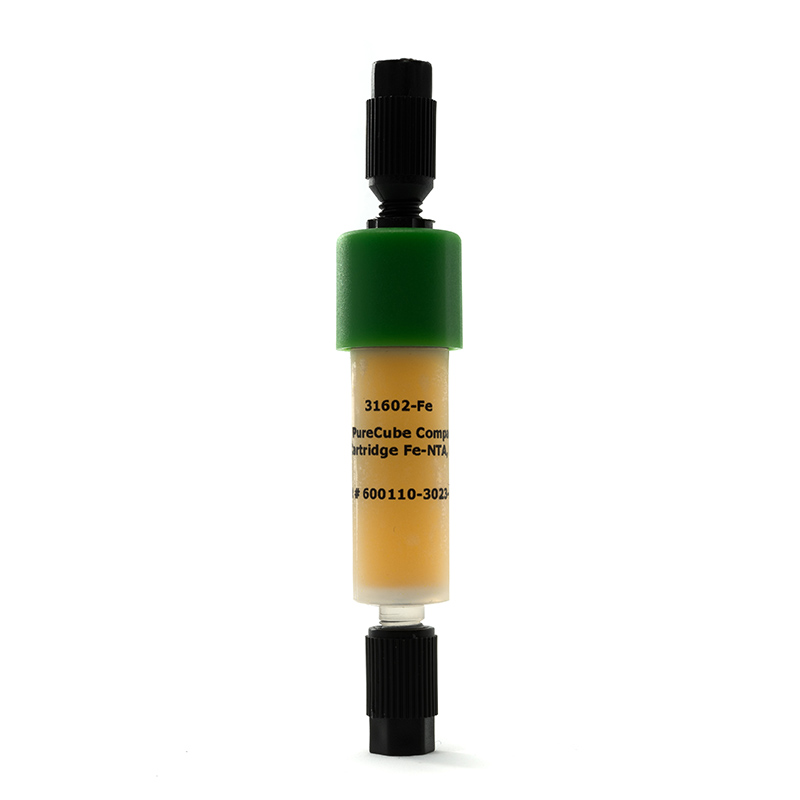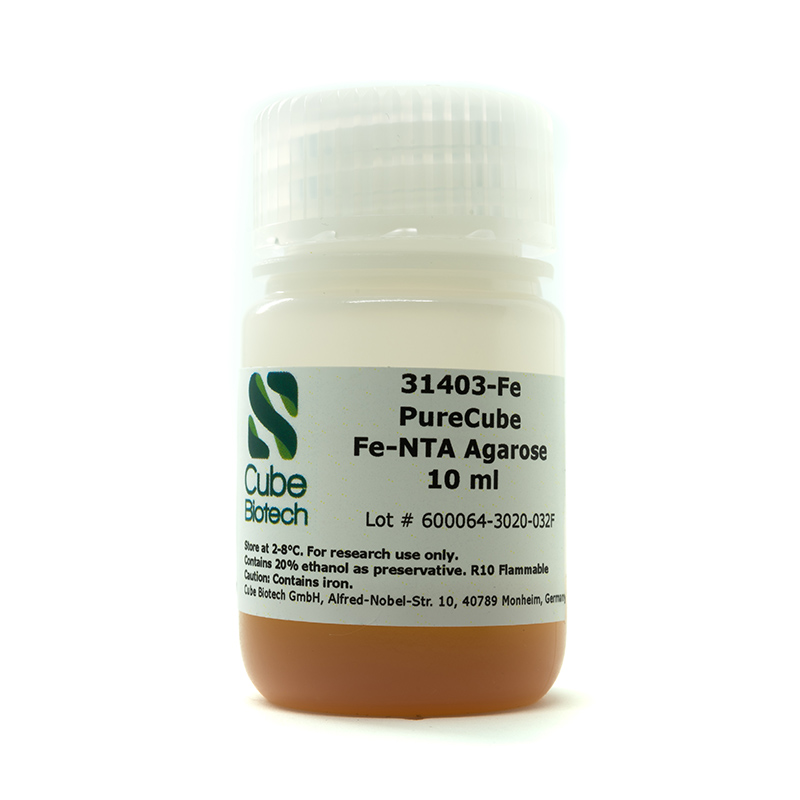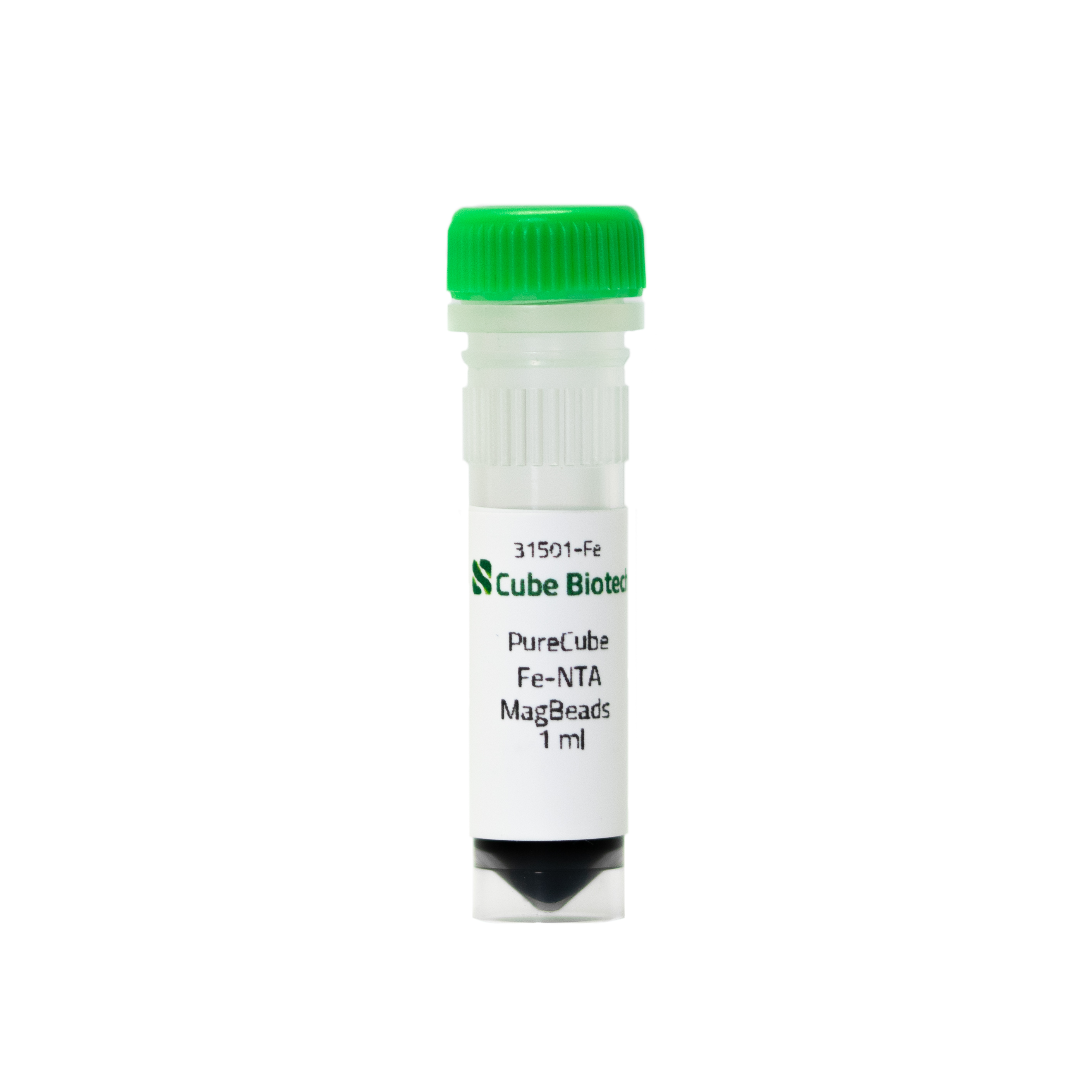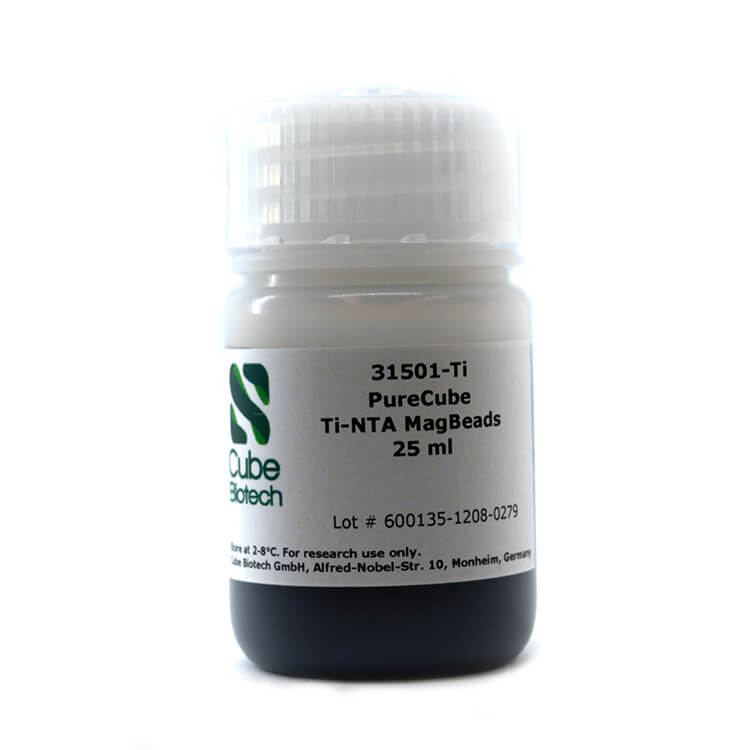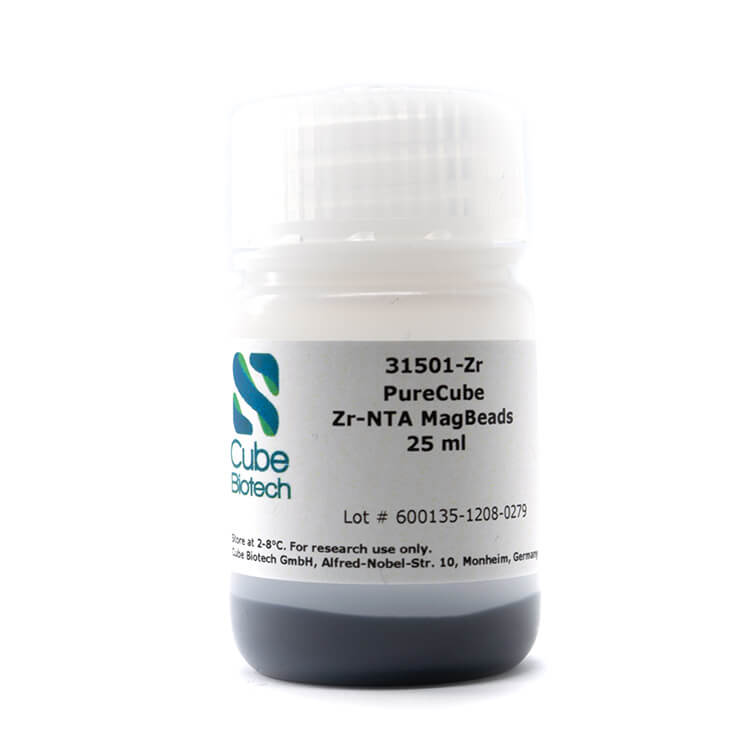Proteomics
Phosphorylation analysis provides many highly interesting insights into the cell's inner workings under different conditions. By today's estimations, 30% of all proteins get phosphorylated to some extent. Therefore an effective and affordable enrichment method for these phosphopeptides is key for scientific advances in this field. Cube Biotech provides multiple different IMAC agarose resins and magnetic beads for this purpose. They are all suited for phosphopeptide enrichment (PE) for mass spectrometry as well as phosphopeptide purification.
"If you study cell signaling and have to set up a Phosphoproteomics workflow, you should definitely consider looking into products by Cube Biotech. I specifically enjoy the Fe-NTA MagBeads for a variety of reasons." - Thomas Perkins Jr., Proteomics & 3D Genome Organization, University of Washington



